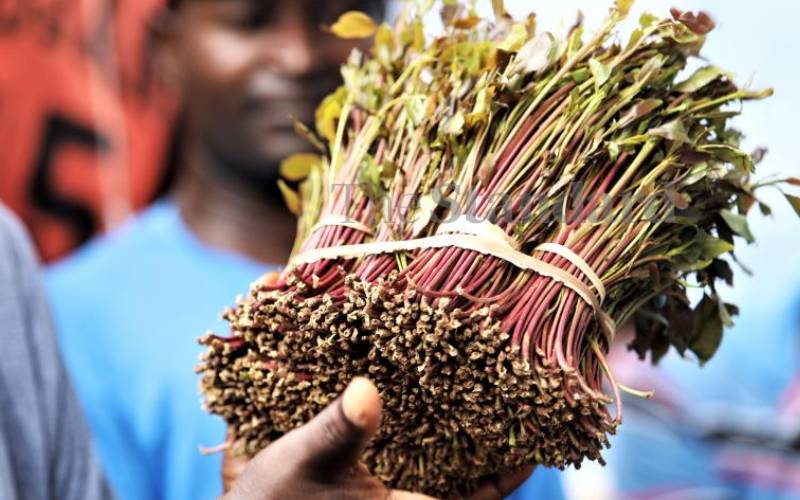×
The Standard e-Paper
Fearless, Trusted News

Miraa on sale at Kongowea Market in Mombasa County, October 2021. [Kelvin Karani, Standard]
The Ministry of Agriculture has developed a new handbook that will guide farmers on miraa husbandry and handling.